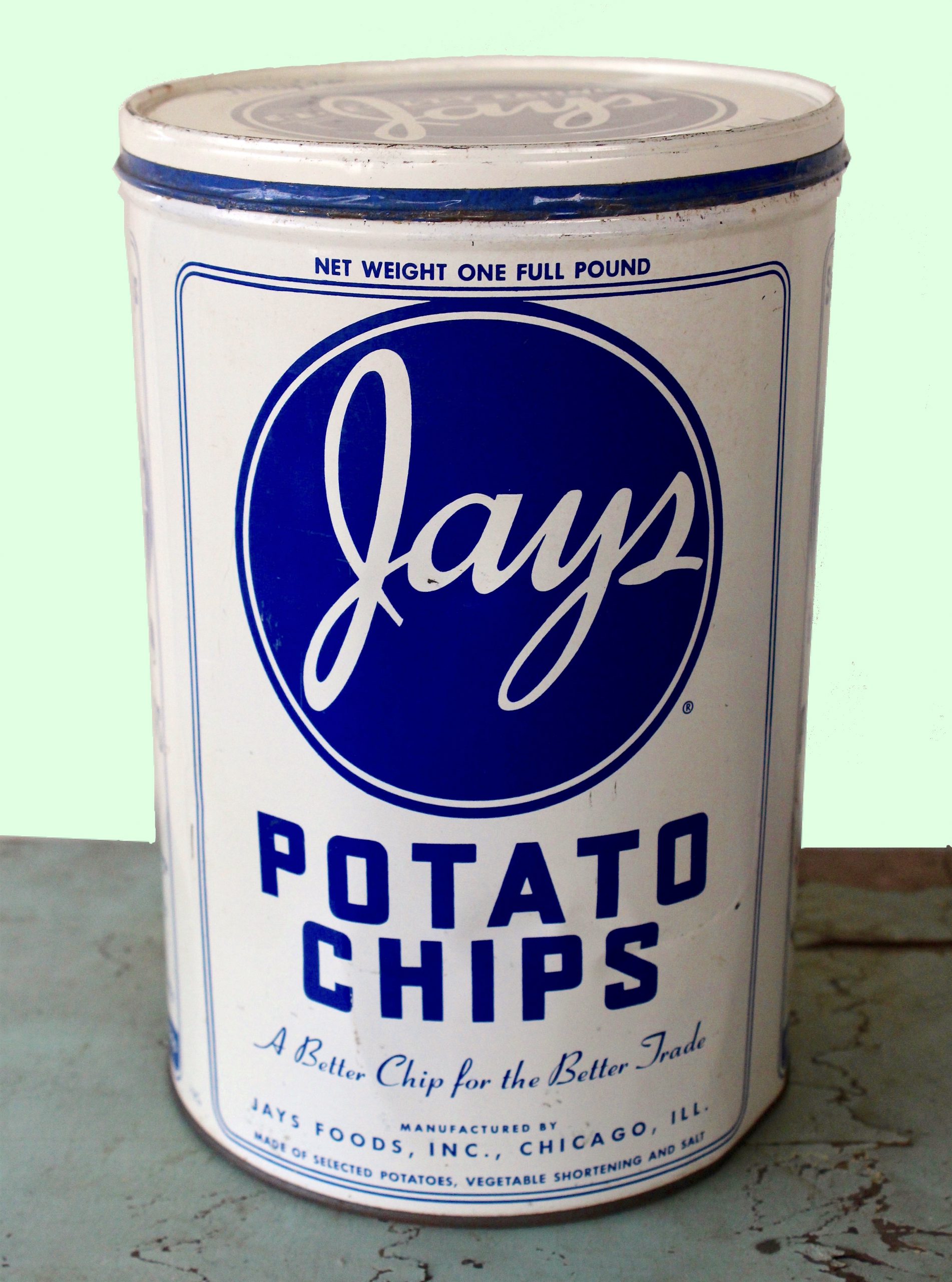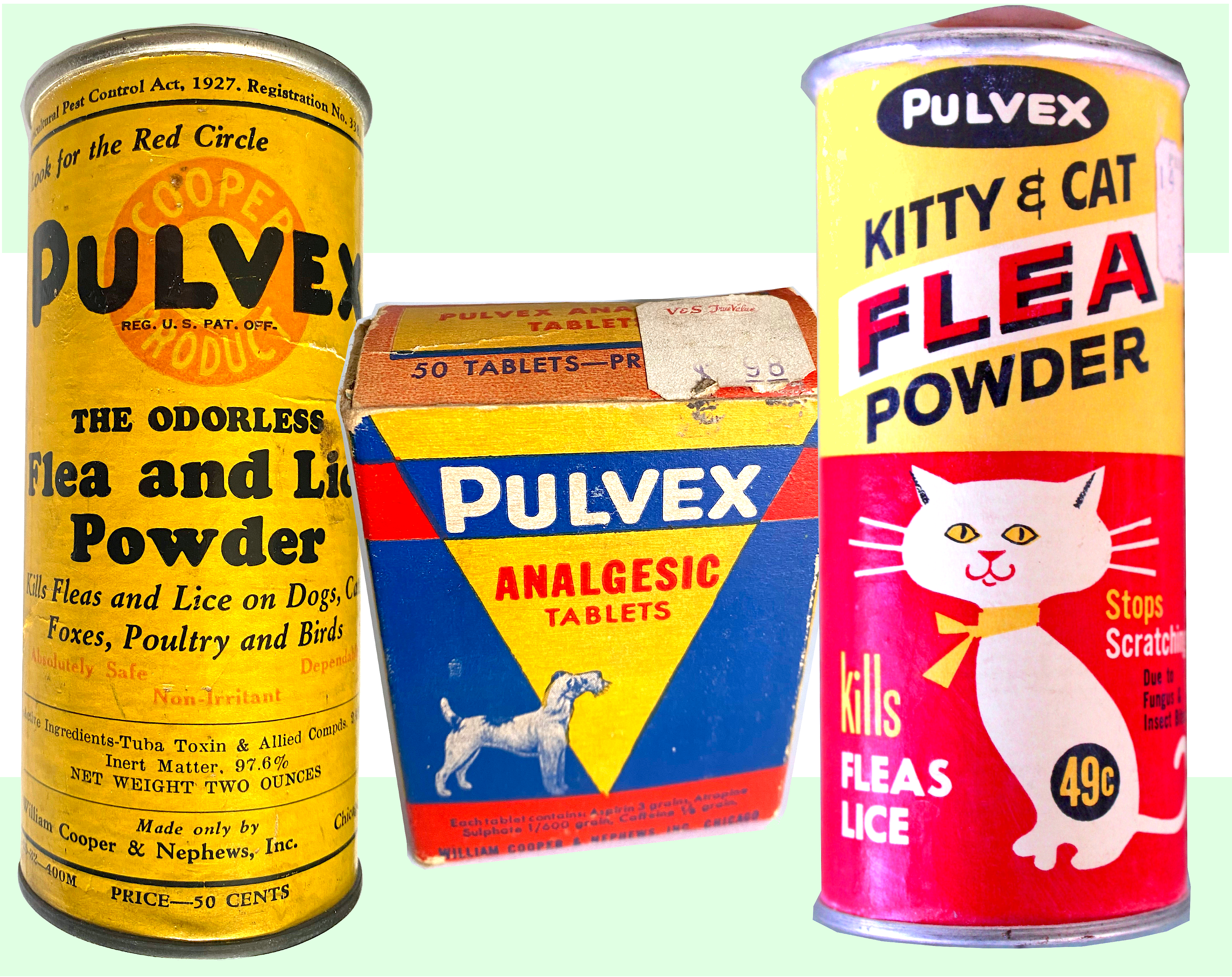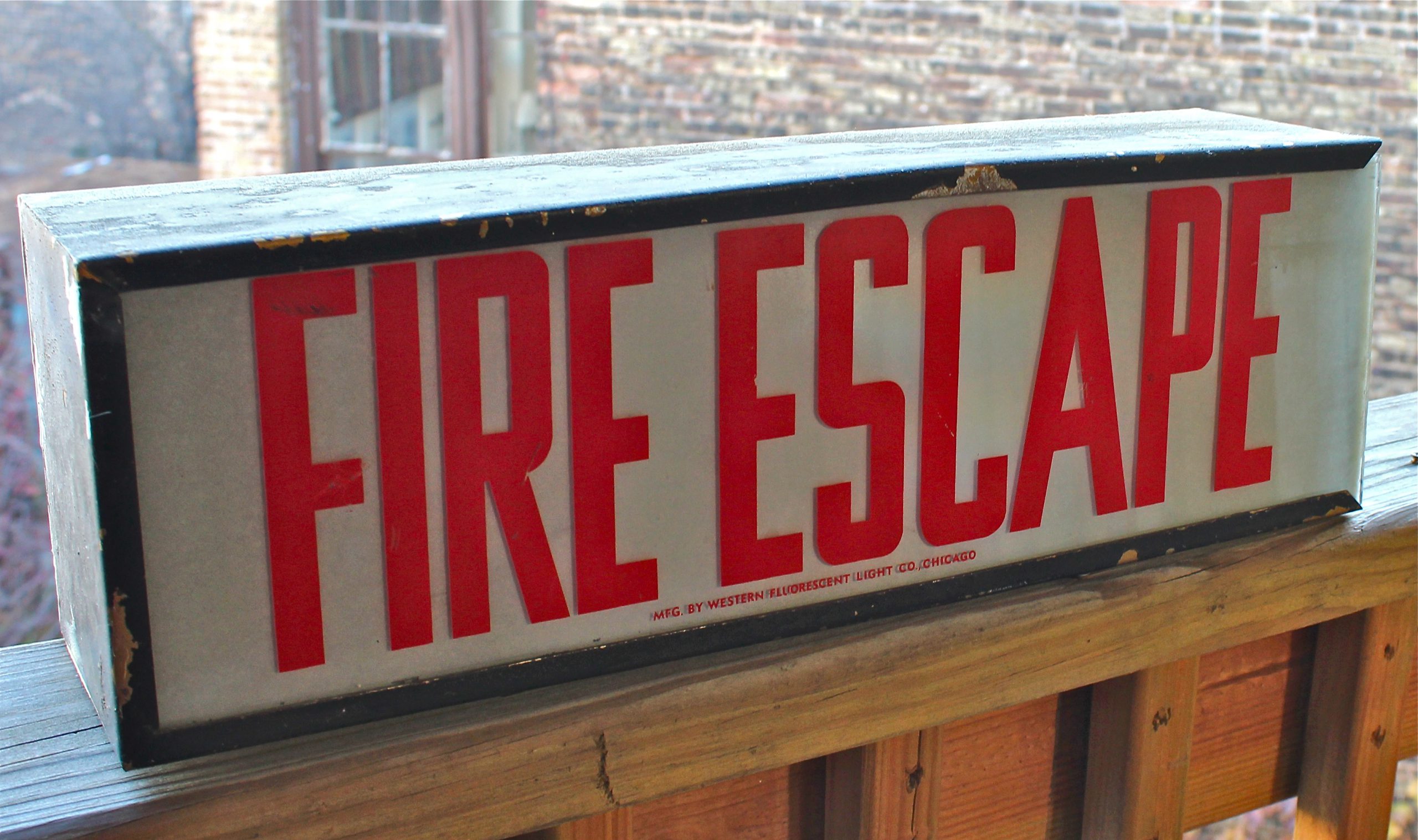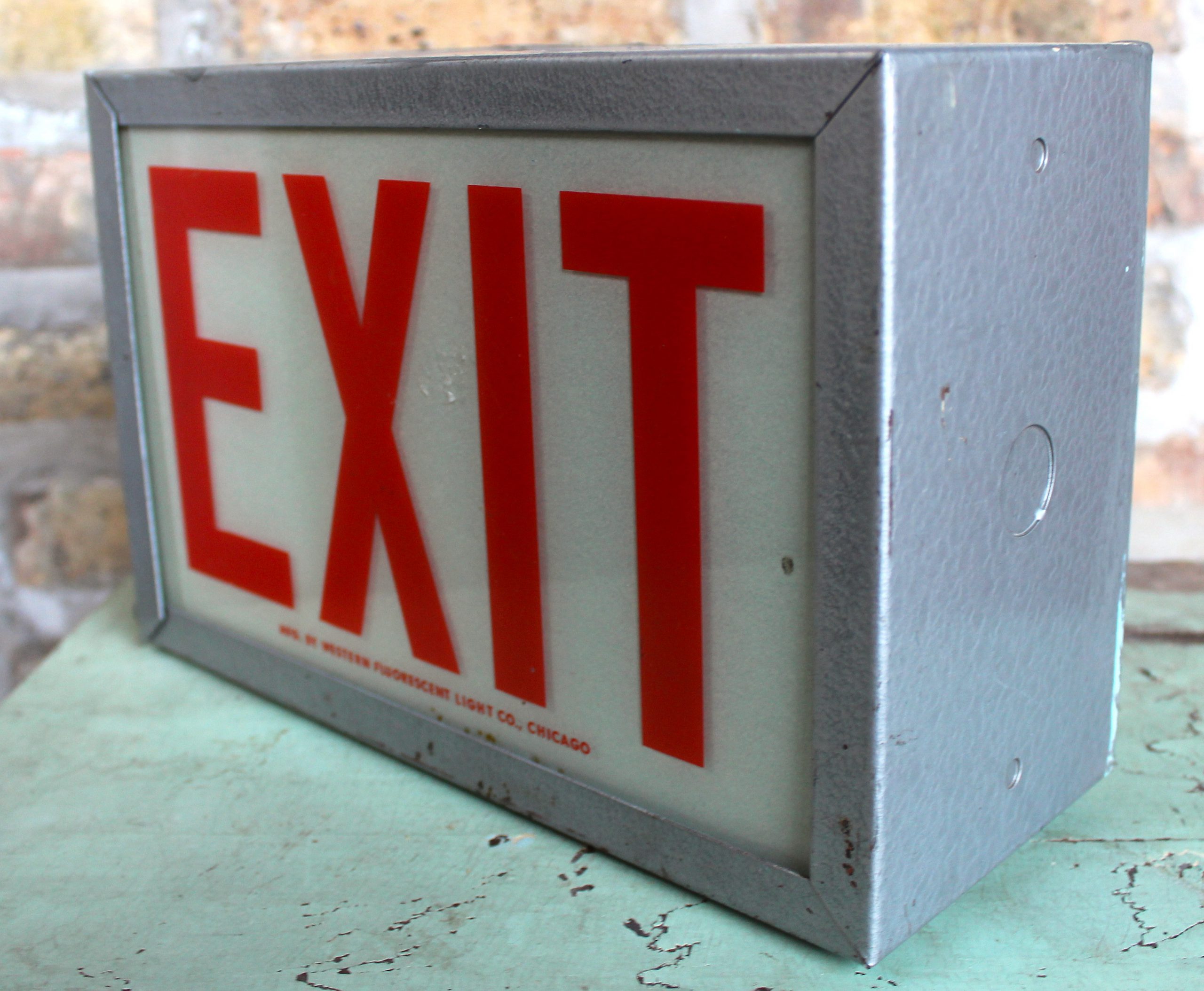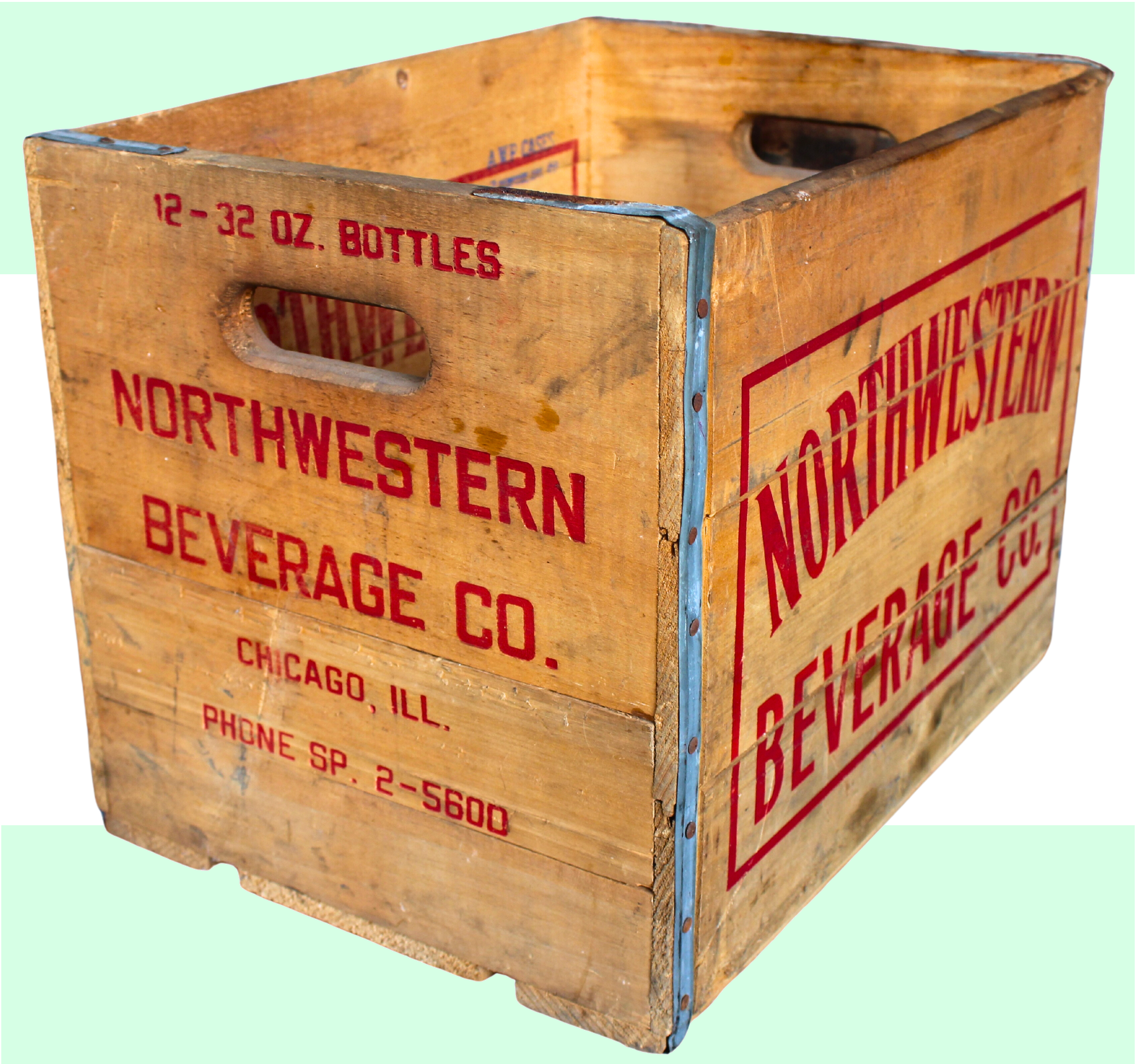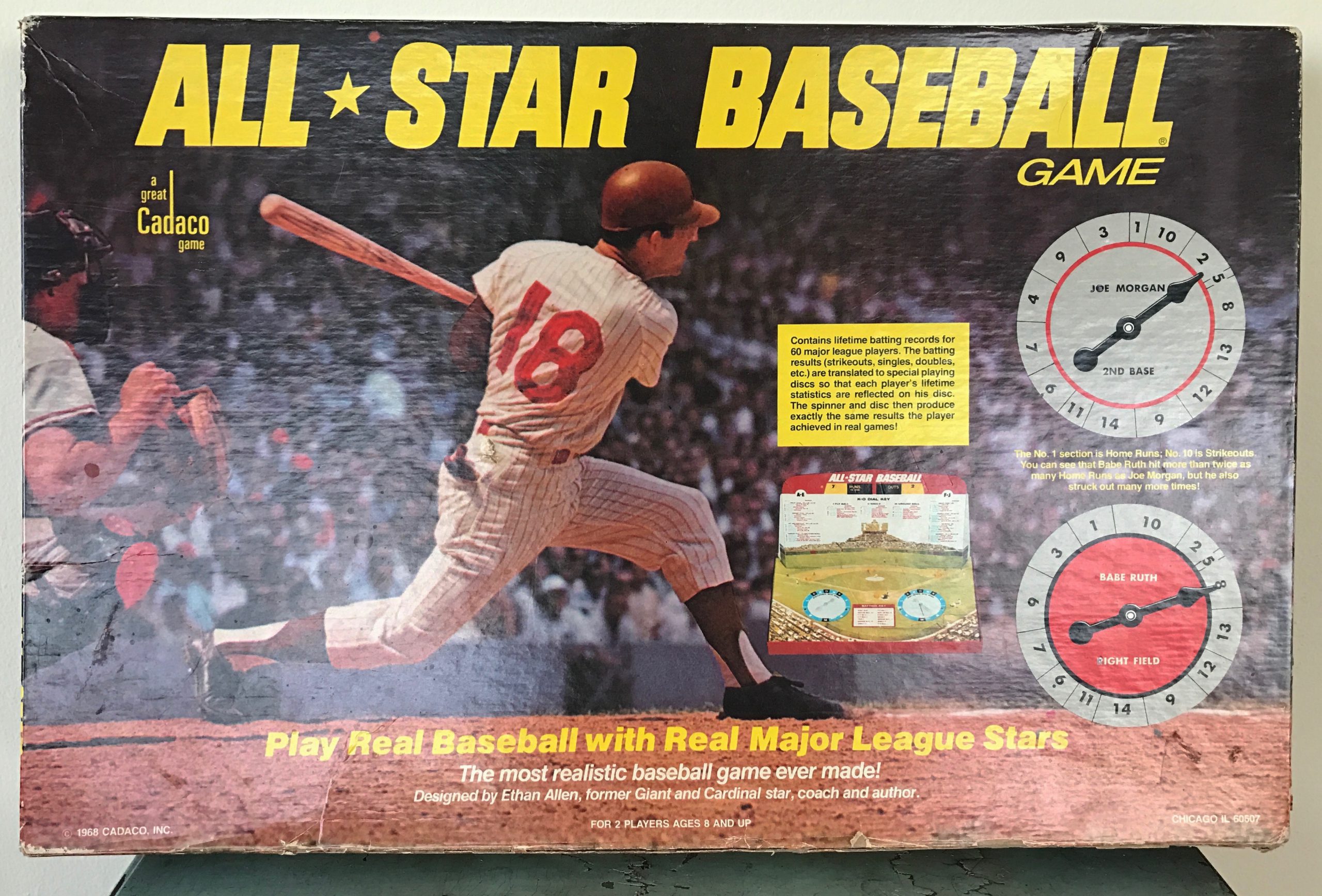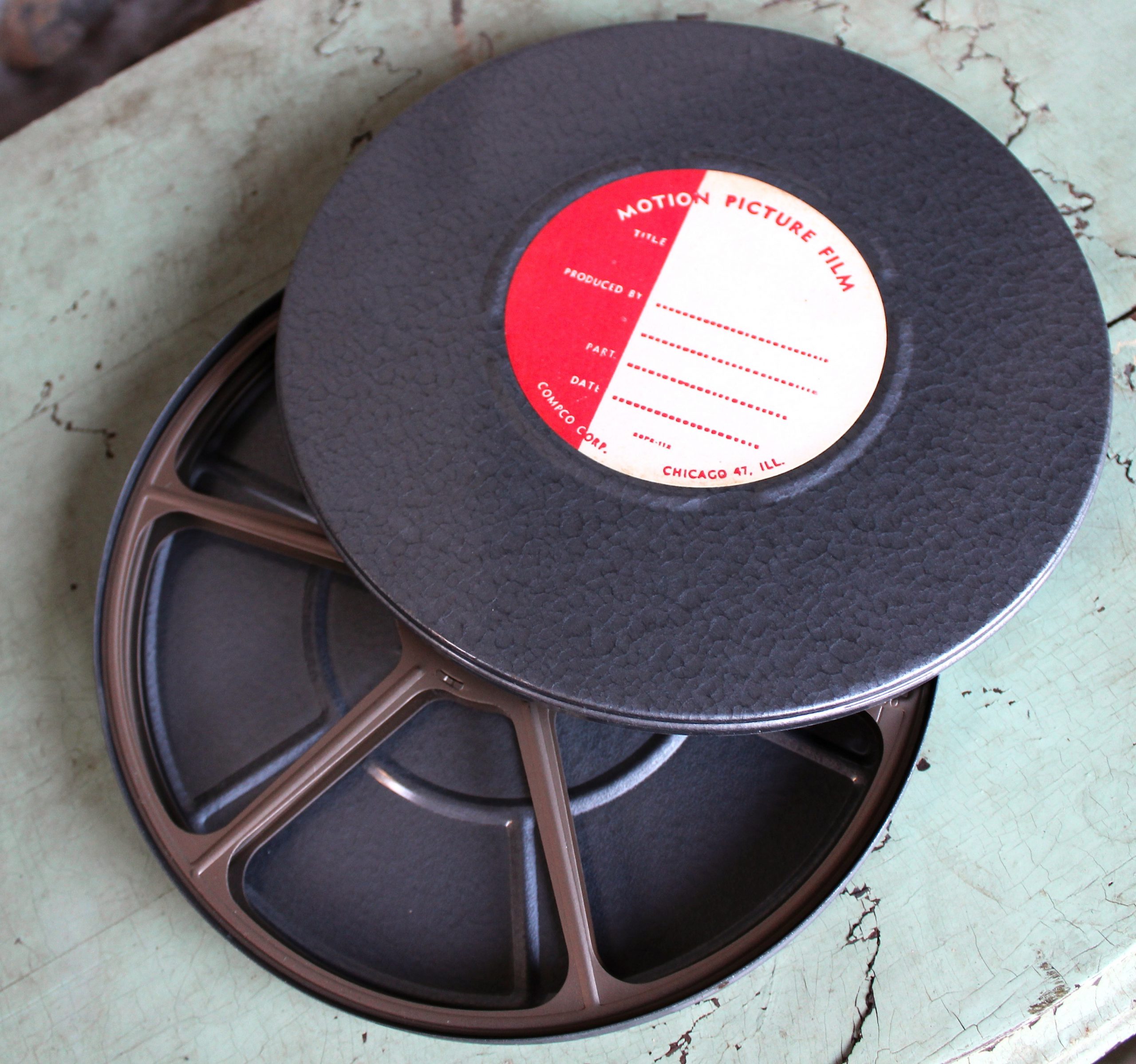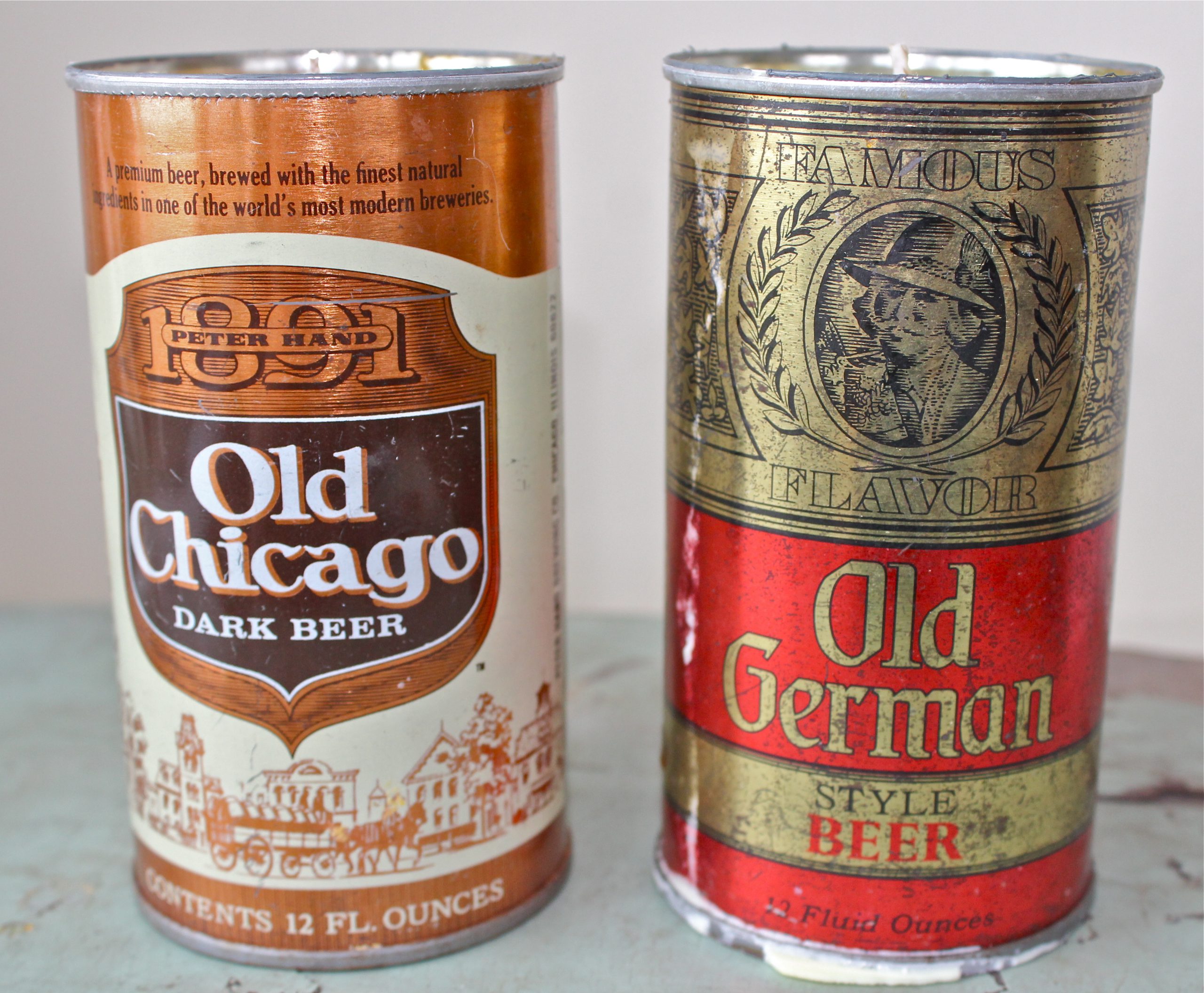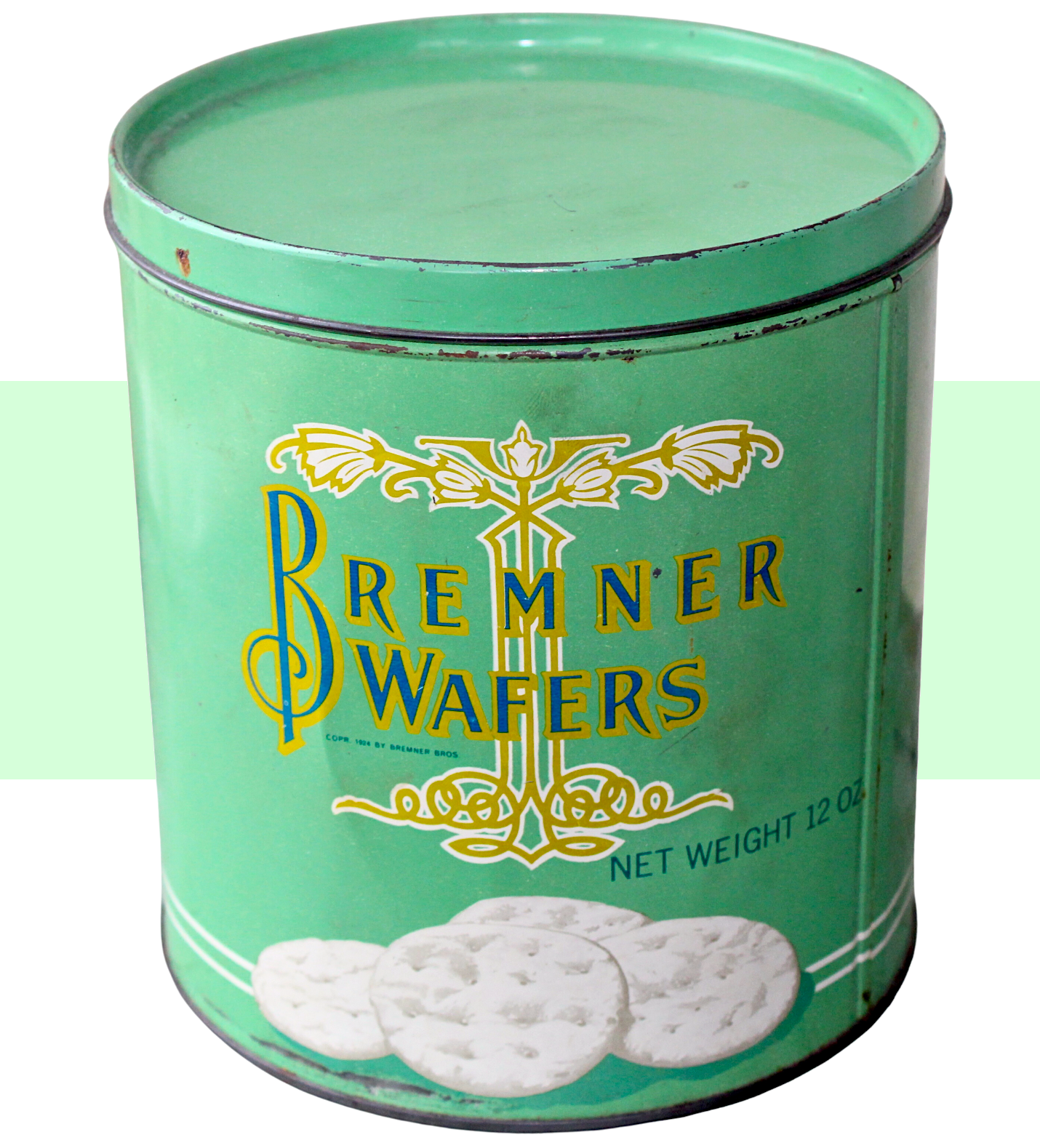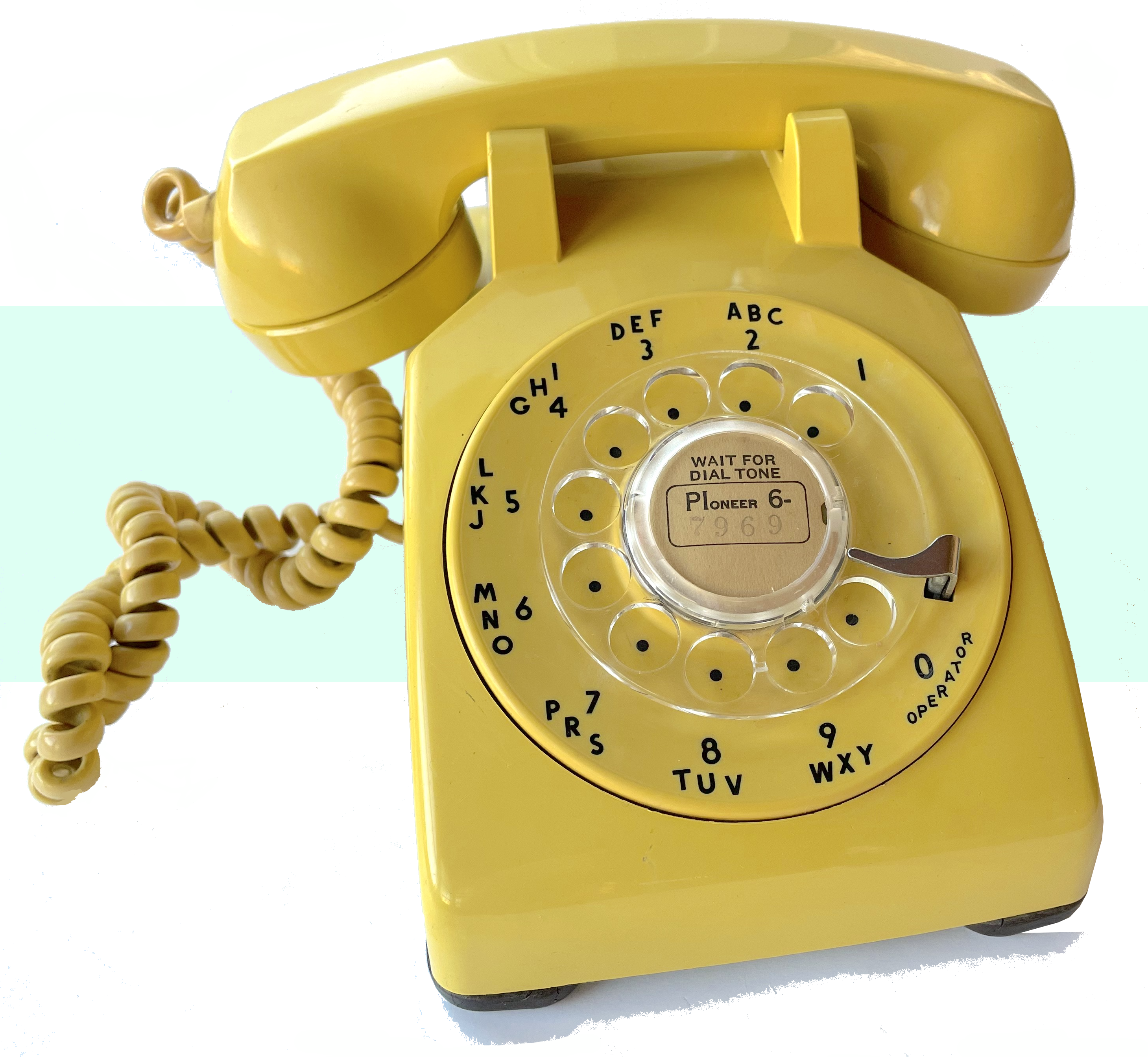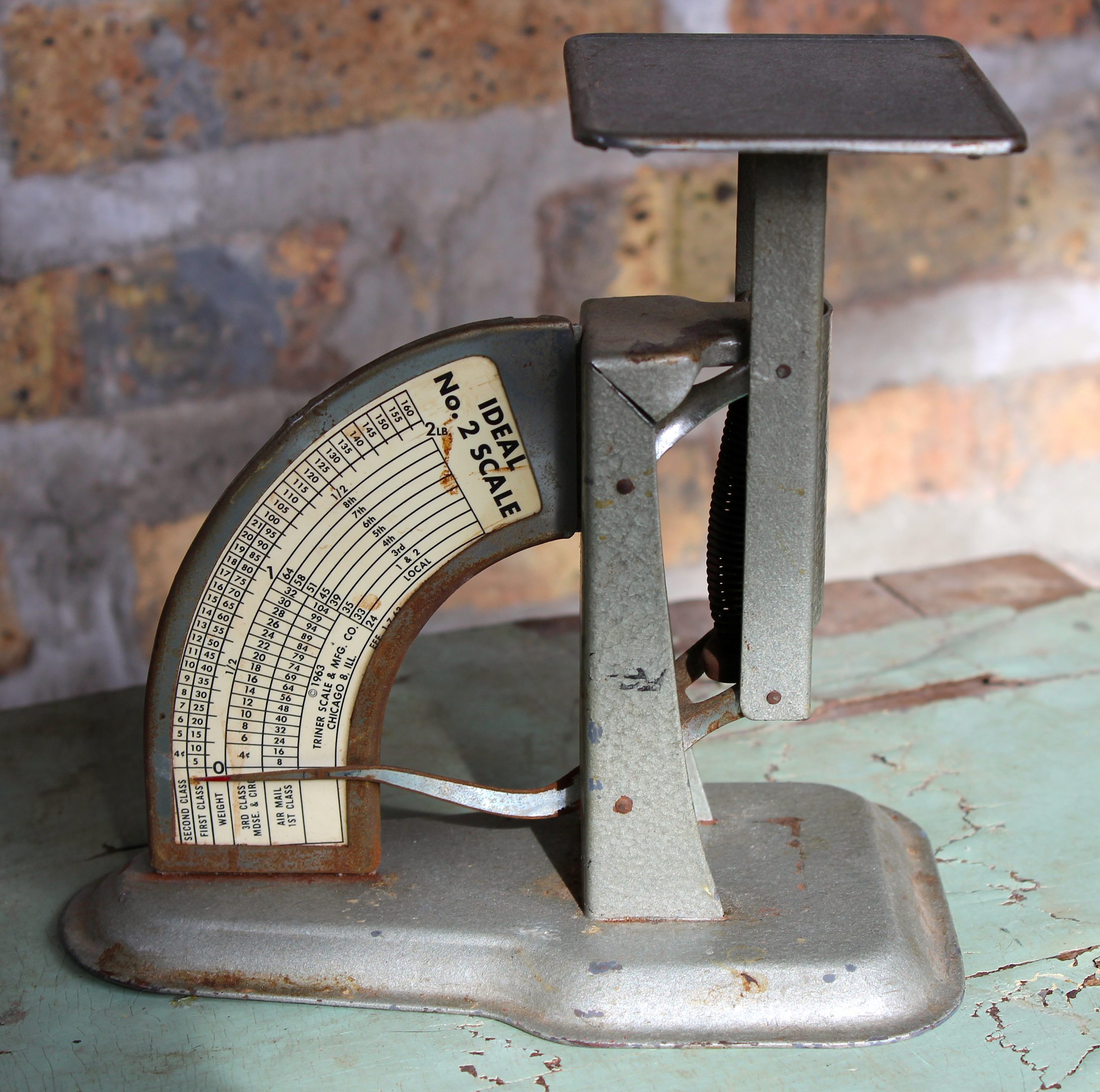Museum Artifact: Jays Potato Chip Tin, 1950s
Made By: Jays Foods, Inc., 825 E. 99th Street, Chicago, IL
For over 75 years, Chicagoans have voraciously chomped away on handfuls of Jays Potato Chips—sharing in the communal assumption that some guy named Jay must have invented the salty snack for them back in the proverbial day. If you give it a closer look, however, the familiar Jays logo—with its conspicuous lack of an apostrophe—raises some questions.

